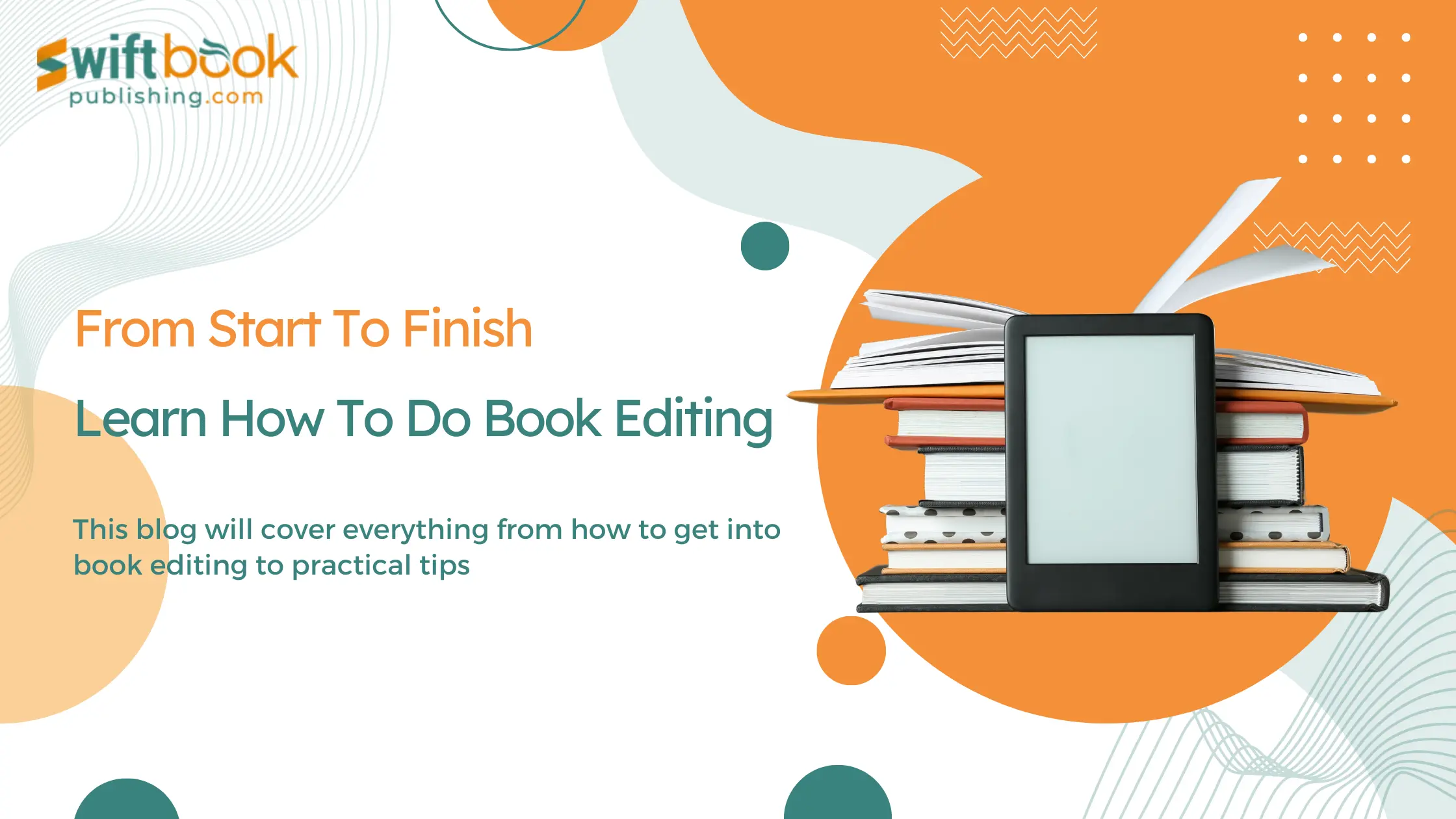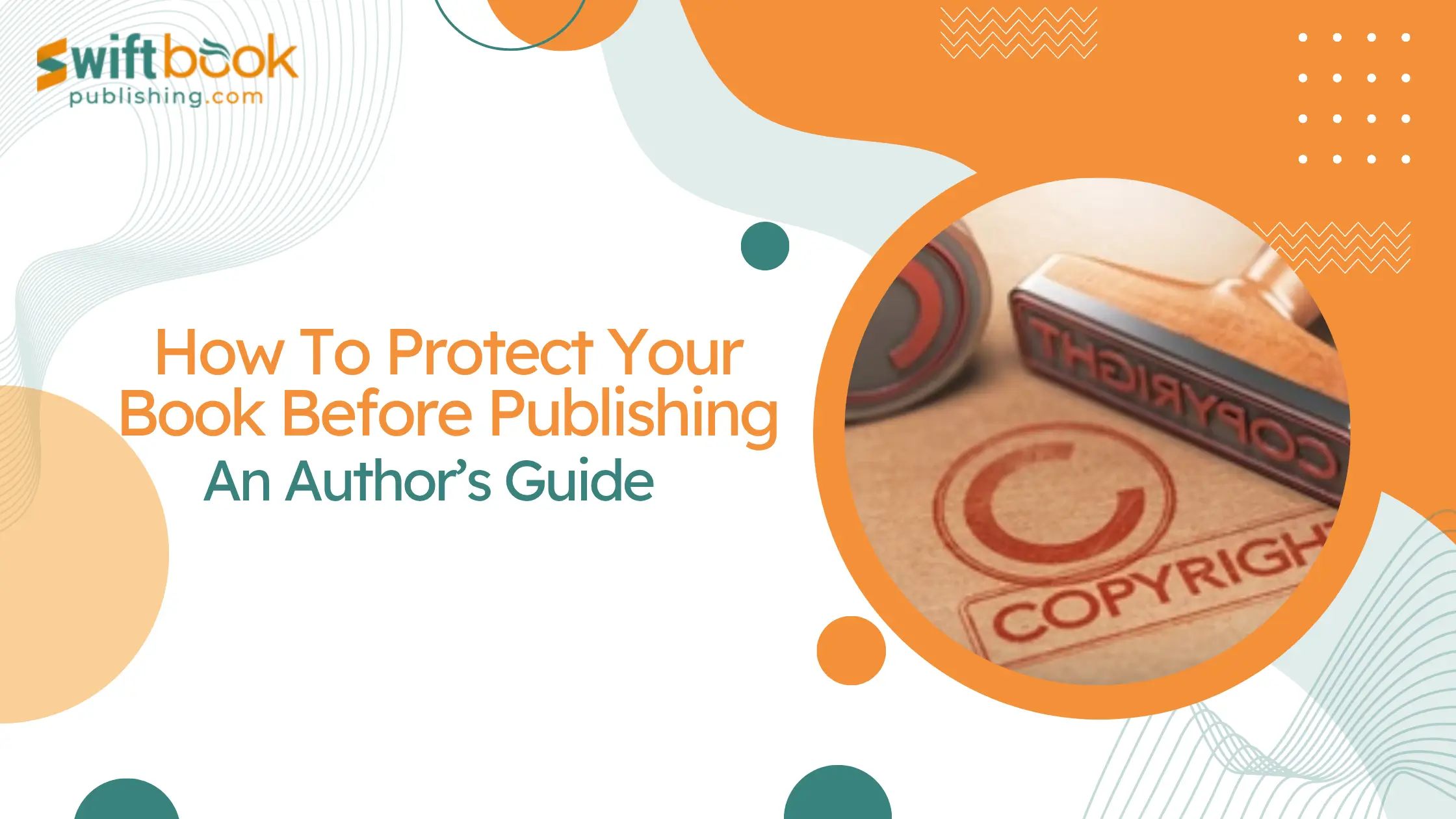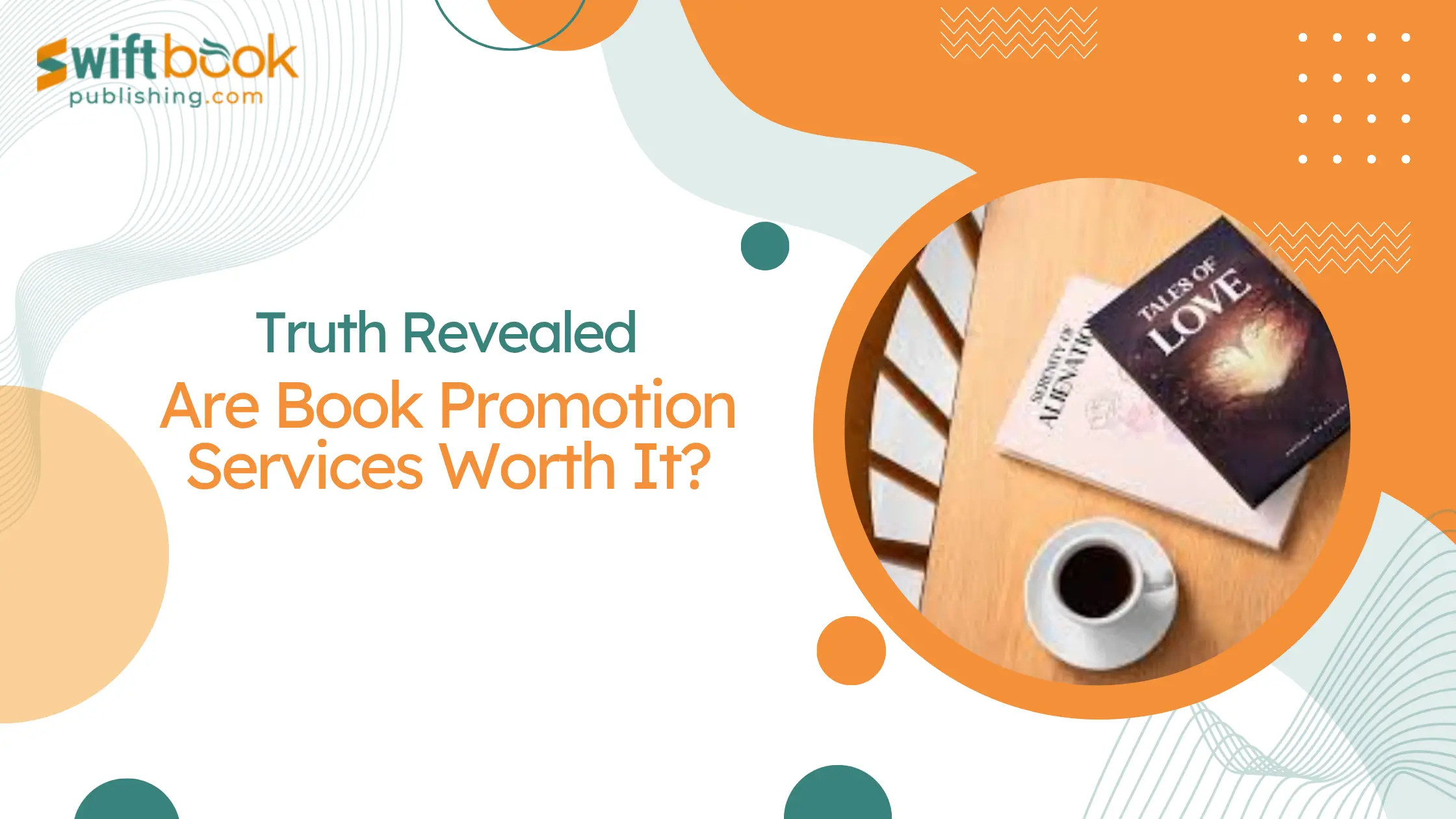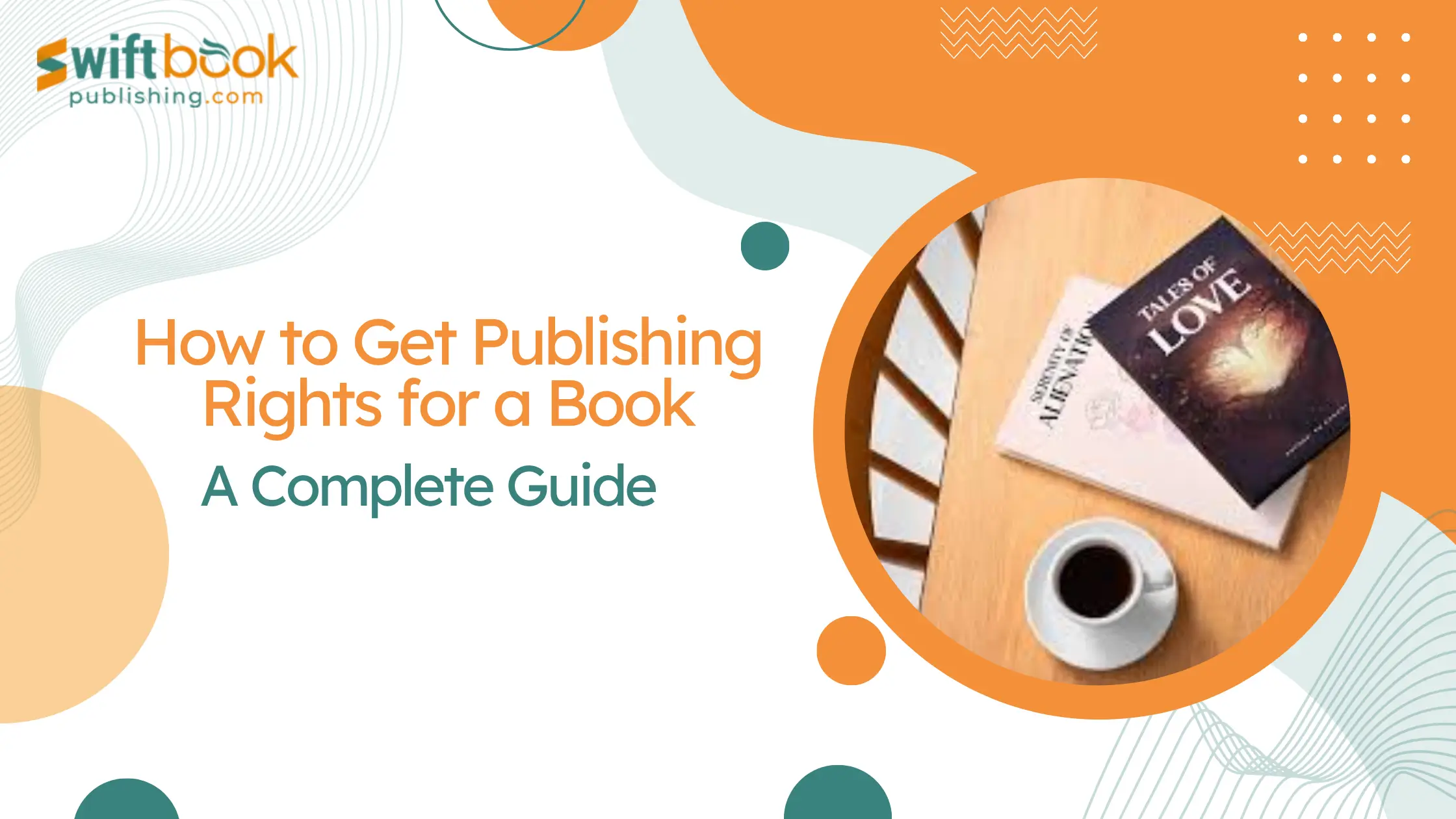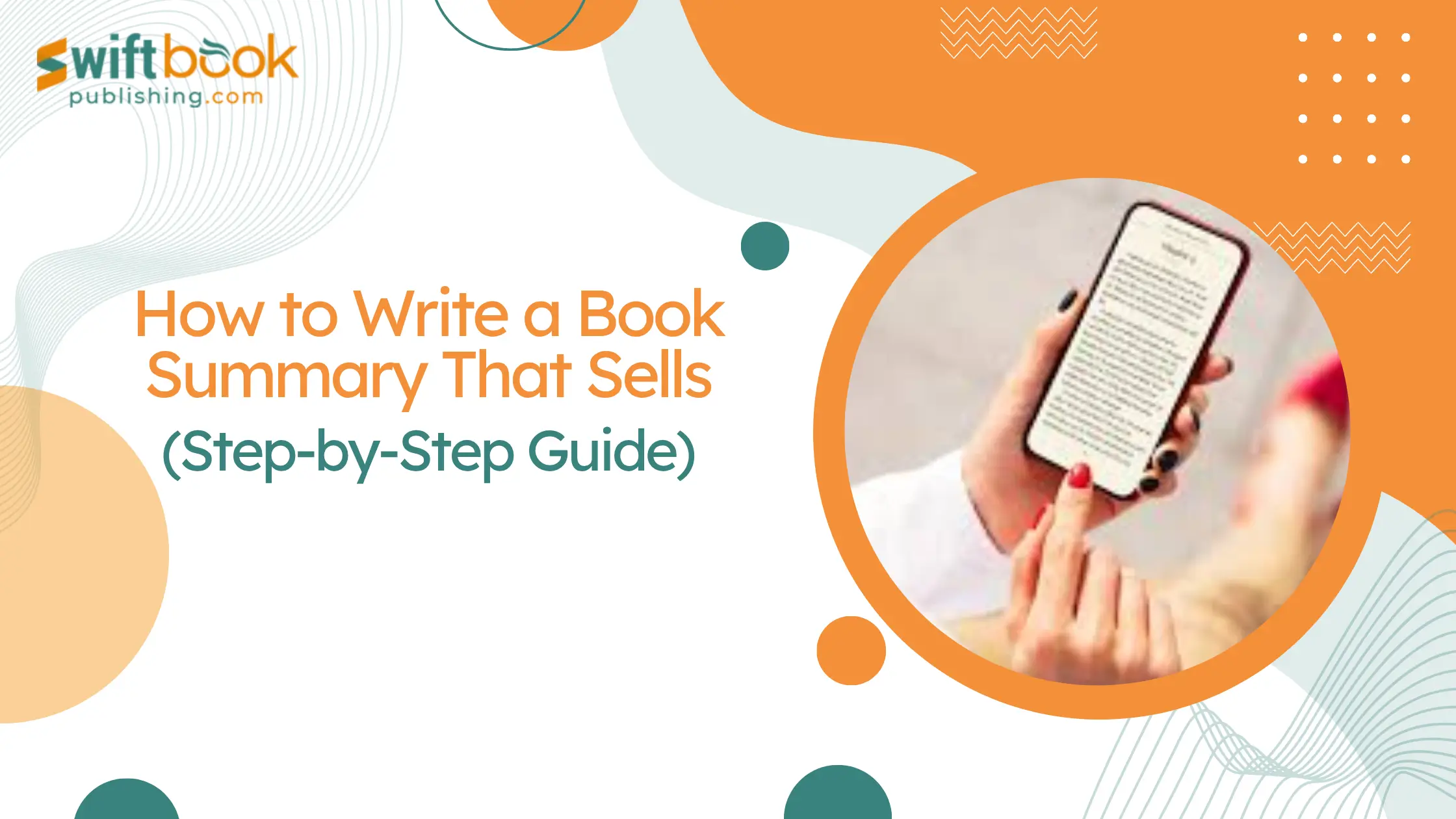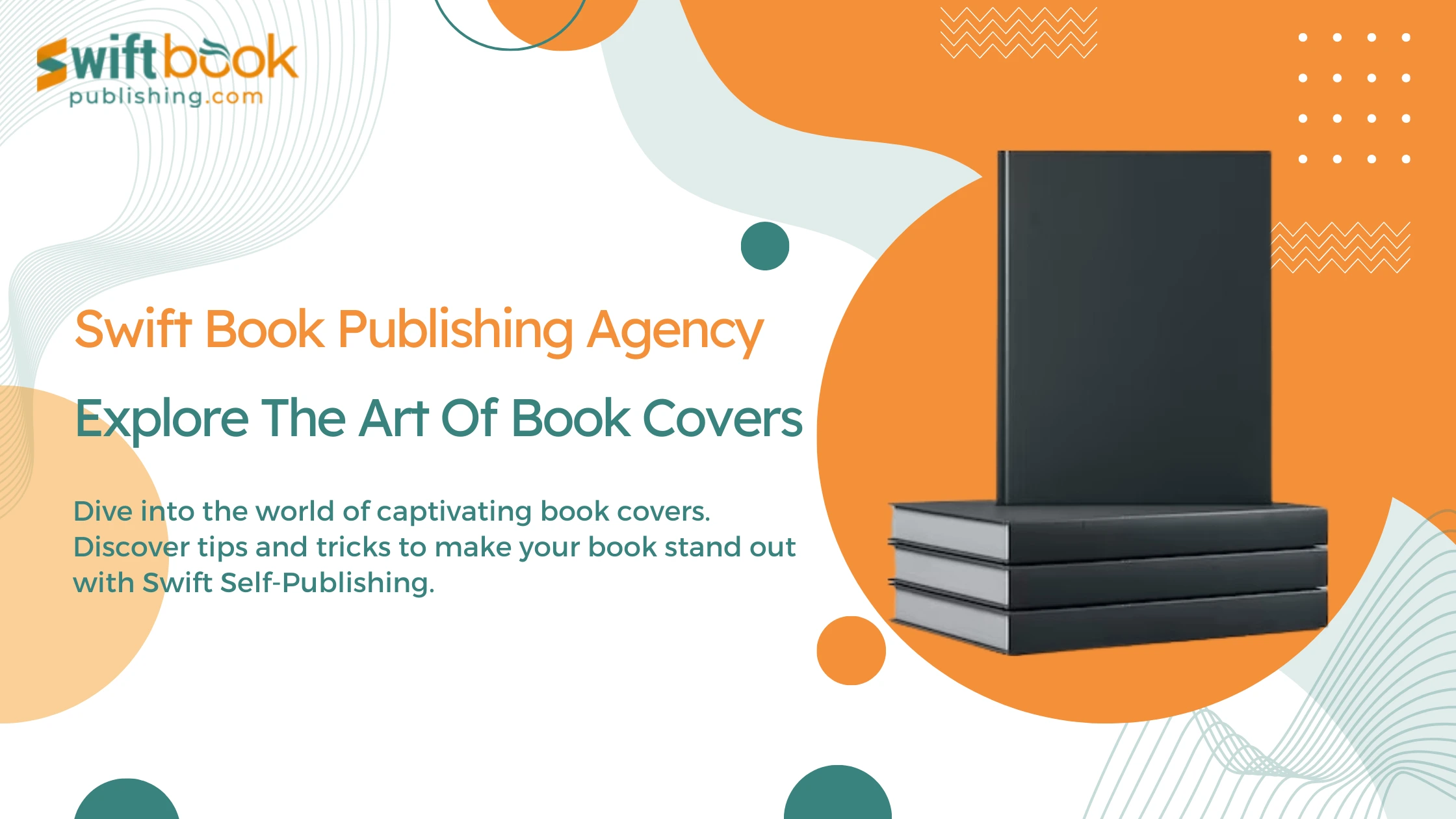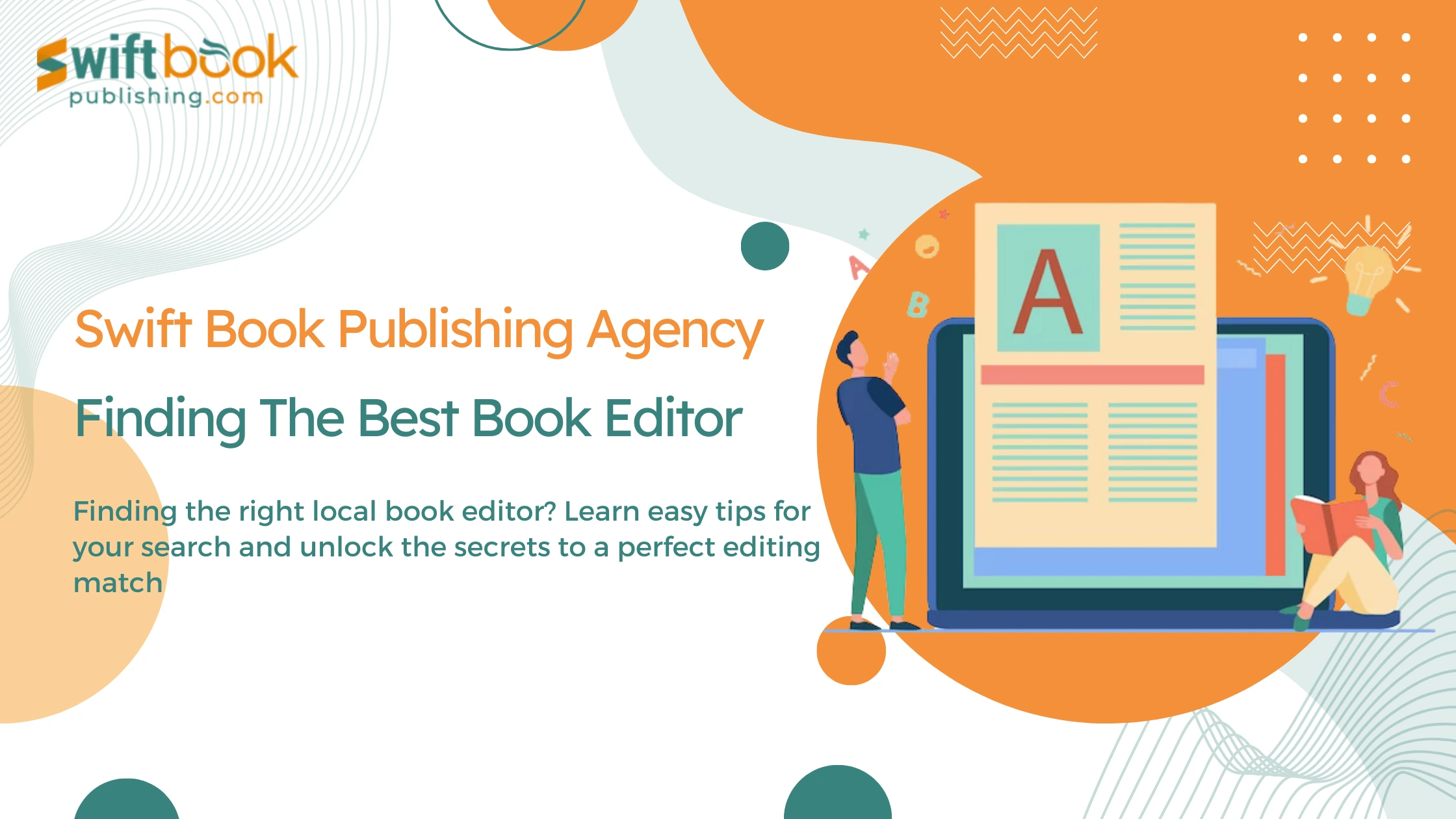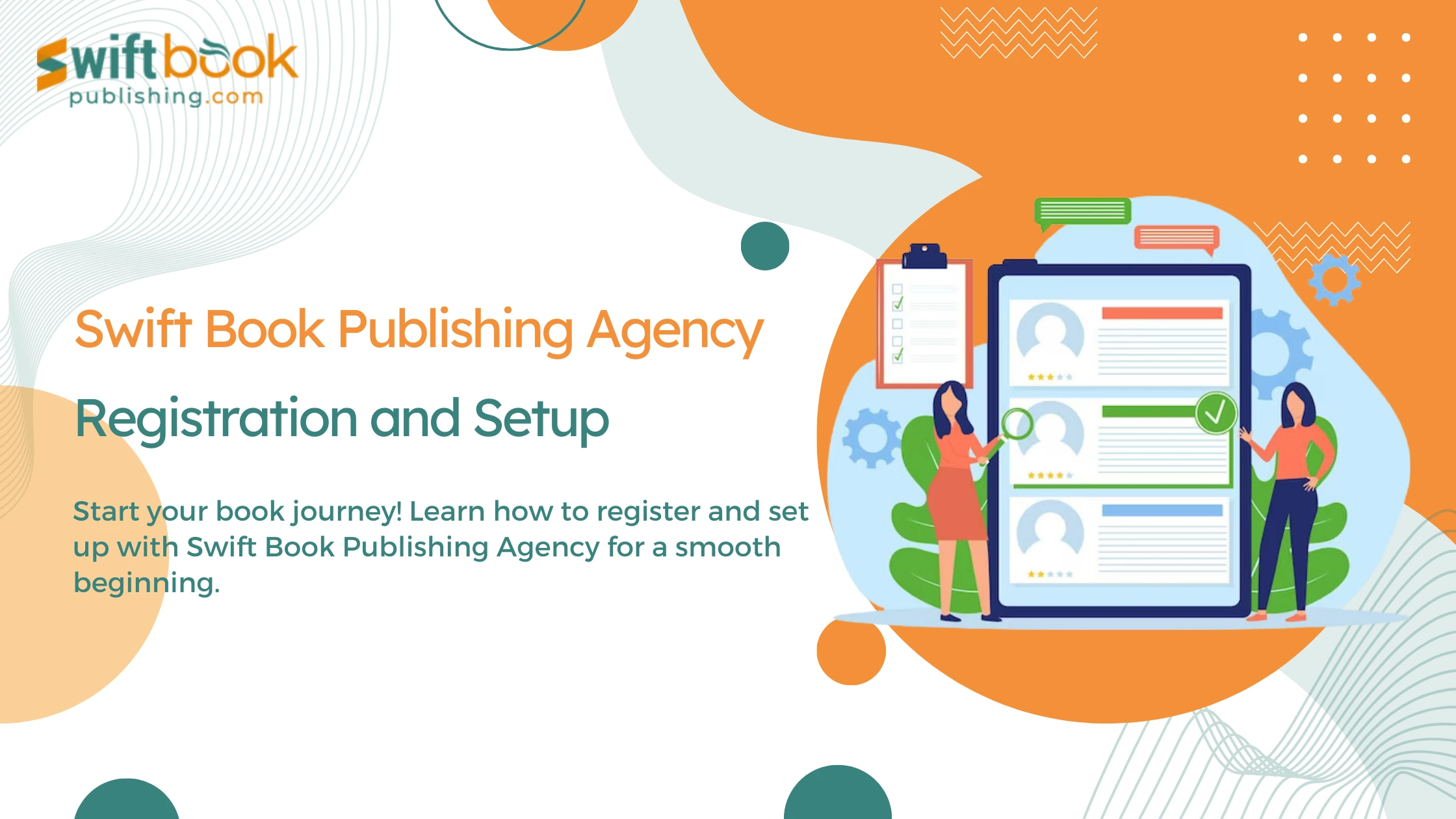In today’s changing world of books, things are different because of computers and the internet. Imagine you have a friend who helps make books better. That friend will become your go-to person because they don’t just fix mistakes; they make the stories super awesome. So, why is this friend so important in the digital age? Let’s find out how these friends, called e-book editors, make a huge difference. They improve stories, fix writing, and help us like the stories we read online. And guess what? If you want to be like that friend, we’ll talk about how to get into e-book editing.
In this article, we've rounded up for you
What Is Book Editing?
Alright, let’s break down what book editing is all about.
Well, book editing is like having a friend who helps make a story better. And this friend wears two hats – one as a buddy (a positive reviewer) and another as someone who gives honest advice (a critic).
They’re like champions of this marathon race, taking it from just words on paper to something that always wins.
Types Of Book Editing
Now, there are different types of book editing this friend does
- Developmental Editing
- Copy Editing
- Proofreading
1. Developmental Editing
Imagine you’re building a cool LEGO set, but sometimes the pieces don’t fit perfectly. This friend helps rearrange the pieces to make your story flow better. They’re like the architect, making sure everything fits just right. They create the harmony in the book.
2. Copy Editing
Have you ever written something and thought it could sound a bit better? Well, this friend is like a language expert. They fix sentences and words to make your story sound smooth and polished, like a shiny new toy.
3. Proofreading
Imagine you’re baking a cake and want it to be perfect. This friend is like the chef who tastes the cake to make sure it’s just right. They catch the tiny mistakes, so your story looks and reads perfectly.
Choosing the Right Clothes (Formatting) for Your Story: Making Your eBook Format Perfect.
One of the most essential parts of an e-book is its formatting.
Turning your story into an eBook is like preparing it for a big party—you want everyone to enjoy it. But it’s not just about putting words on a computer; it’s about making sure people can read your story easily on different gadgets.
Let’s talk about the different formats you can use for your book to prepare your story for the digital world. Formats are listed according to their popularity.
1. PDF: The Computer-Friendly Format

PDF is like the classic outfit that everyone recognizes. It’s perfect for reading on a computer. So, if you’re a digital storyteller or marketer, remember that PDFs are your best choice for sharing stories on computers.
2. EPUB: Your Story's Flexible Sidekick

EPUB is like a superhero sidekick. Short for “Electronic Publication,” it adapts your story to fit on different gadgets. Whether your readers use smartphones or the Nook, EPUB makes sure your story looks excellent everywhere.
3. MOBI: Amazon's Special Look for Your Story

MOBI is like a special outfit made by Amazon. It works well with significant e-readers (except the Nook). Even though it doesn’t play with audio or video, it keeps your story safe from being shared without permission.
4. AZW: Dressing Up for Kindle

AZW is a fancy outfit made just for Kindle, Amazon’s e-reader. Kindle users can enjoy your story on their e-readers and smartphones, tablets, and computers using the Kindle app.
5. ODF: For the Open Minds
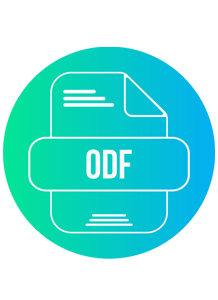
ODF, or OpenDocument Format, is like a canvas for open-minded creators. It’s used chiefly with OpenOffice, an open-source program like Microsoft Office.
6. IBA: Apple's Exclusive Outfit
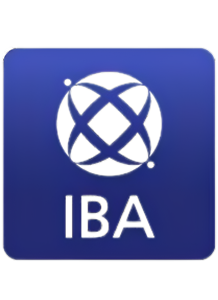
IBA is a special outfit designed only for Apple’s iBooks Author app. It supports videos, sounds, and images, making your story interactive. But remember, it only works for books created in iBooks.
7. TXT: The Simple and Classic Outfit
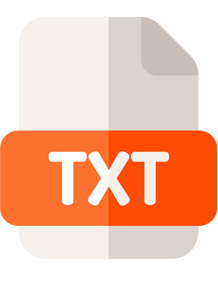
TXT is like a classic and simple outfit, perfect for those who want a straightforward reading experience without any extra stuff.
8. HTML: Mixing Magic with Web Language

HTML is like magic for the web. While it is not only for eBooks, it lets you add cool things online to your story.
9. CBZ/CBR: Outfits for Picture Stories
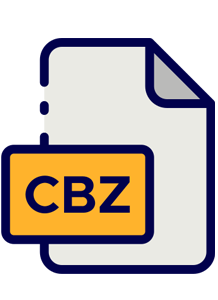
CBZ (Comic Book Zip) and CBR (Comic Book RAR) are like special outfits for stories with lots of pictures. They keep the visual part of your story looking great.
10. LIT: Microsoft's Old-Timey Outfit

LIT is an old outfit from Microsoft. It used to be popular, but not so much nowadays. It supported extra features like notes and customizations.
11. LRF: Sony's Old Storytime Outfit
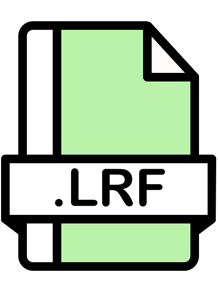
LRF is an old outfit from Sony’s Reader devices. It’s not as common now, but it had its place in the early days of digital reading.
With all these options for dressing up your story, each has its own special style. Whether you want a simple look, a web-friendly style, or an outfit for picture stories, there’s one for you. So, pick the outfit that matches your story and prepare for your digital storytelling adventure.
How to Get into Book Editing?
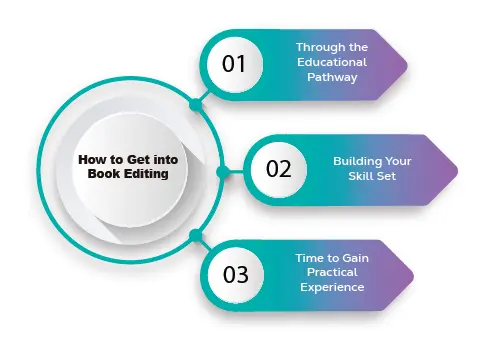
So, becoming a book editor is like becoming the superhero friend who helps stories become the best they can be. Cool, right? Let’s talk about how you can become this excellent superhero editor.
Let’s break down how you can jump into the world of book editing:
1. Through the Educational Pathway
Degrees and Certifications:
You can get a degree or a certificate that shows you know a lot about editing. It’s like getting a badge that says, “I’m really good at this.”
Specialized Courses for Editors:
Just like superheroes need special training, editors can take extra classes to become even better. These courses teach you cool tricks, tips, and first-hand practical knowledge for making stories awesome.
2. Building Your Skill Set
The Art of Analytical Reading:
Imagine you’re a detective solving a mystery. Editors read like detectives, looking for clues to make stories better. You can polish your skills on your own by trying out different projects. It’s like becoming a super-sleuth for stories.
Mastering Language Mechanics:
Ever play with building blocks? Well, words are like blocks, and editors are like expert builders. They know how to put words together perfectly, like building the coolest tower ever.
Tech-Savvy Editing by Utilizing Digital Tools:
In today’s world, even superheroes use technology. Editors learn how to use digital tools to make stories shine. It’s like having a high-tech gadget to make editing even more awesome.
After any of the above two, it’s time to get into the business:
3. Time to Gain Practical Experience
Freelancing: The Gateway to Real-world Editing:
Imagine you have a lemonade stand. Freelancing is like having your own lemonade stand for editing. You get real jobs, make real money, and learn a lot by doing it yourself. It’s like starting your own little business.
Internships and Apprenticeships:
Picture yourself as an apprentice to a wise wizard. Internships and apprenticeships are like that. You learn from someone experienced, like a sidekick learning from a superhero. It’s hands-on learning, and it’s super cool.
So, if you want to be an editor, imagine going to superhero school, learning special skills, and then going out to save the literary world. Are you up for an adventure? Let us take it a step further.
How to Become a Professional Book Editor?

You’re a book editor, do edits of your own, and a few of your friends and clients, but how do you become a professional book editor and be known on a large scale? Let’s explore how: The path to becoming a professional book editor is as simple as ABC, but ABC of a book editor is “flawless and top-notch.” You only need a perfectly crafted resume to network with other editors, publishers, and authors. And jumping right into the job market.
1. Crafting Top-notch resume
Showcasing Your Editing Skills
Think of your resume as a superhero costume – it needs to show off your super skills. Highlight the times you’ve made stories better, fixed sentences, and made words sound awesome, as this is your editing portfolio, in other words.
Highlighting Relevant Experience
Imagine you’re telling a story about all the cool things you’ve done. Your resume is like that story. Talk about the times you’ve edited things before, even if it’s just for fun. It’s like saying, “I’ve been practicing to be a superhero editor.”
2. Building a Network
Joining Editorial Communities
Editors, just like superheroes, have a league or a team. Joining editorial communities is like becoming part of that team. You share ideas, learn new things, and make friends who also love making stories better.
Networking with Authors and Publishers
Picture yourself at a big party with authors and publishers. Networking is like making friends at that party. It’s about connecting with people who write stories and those who make them into books. You never know when you might meet your next editing adventure!
3. Navigating the Job Market
Freelancing Platforms
Imagine you have a lemonade stand, but it’s for editing this time. Freelancing platforms are like busy streets where people come looking for lemonade – or, in your case, editing help. You set up shop, offer your skills, and start your journey.
Traditional Publishing Houses vs. Self-Publishing
Think of traditional publishing houses as big castles where stories live. Self-publishing is like having your own magic wand to make stories appear. Decide if you want to work with the castle or be the wizard – both are exciting paths for editors.
So, becoming a professional book editor is like putting on your superhero cape. Craft your resume, join a team of editors, and explore the job market.
Challenges and Triumphs: Realities of the Editing World
Let’s tackle the challenges and triumphs of the book editing world.
1. The Delicate Art of Constructive Criticism
Navigating Author-Editor Relationships
Imagine you’re on a team, like superheroes working together. But sometimes, even superheroes have different ideas. Navigating relationships is like finding the best way to work with your superhero partner, or in this case, the author. It’s about making the story better while being kind and understanding.
Balancing Creativity and Corrections
Picture a painter adding colors to a canvas. Editing is like being the friend who suggests which colors look best. You want the story to be creative and colorful, but you also want it to look amazing. Balancing creativity and corrections is like finding the perfect mix of colors.
2. Staying Relevant in the Digital Age
Adapting to Changing Technologies
Think of technology as a superhero’s superpower. Editors need to learn how to use new tools to make stories even better. Adapting to changing technologies is like getting a new gadget for your superhero utility belt – it makes your job easier and cooler.
Embracing Diversity in Writing Styles
Imagine a library with books of all shapes and sizes. Editing is like appreciating all the different stories, even if they’re written in unique ways. Embracing diversity in writing styles is like saying, “Every story is special, and I can help make each one shine.”
So, in the editing world, it’s about being a good teammate with authors, finding the right mix of creativity and corrections, staying tech-savvy, and embracing the wonderful diversity of stories.
How To Get into Book Editing: Pro Tips and Tricks from Seasoned Editors
Let’s unknot the pro tips and tricks from seasoned editors and make it as straightforward as a recipe:

1. The Power of Guides for the Editors
Imagine you’re making a delicious dish, and there’s a recipe book to follow. Style guides are like those recipes for editors. They show you the right way to edit, following rules and preferences that everyone agrees on. It’s like having a secret ingredient for making stories taste just right.
2. Time Management for Editors, Balancing Multiple Projects at a Time
Picture juggling different colored balls. Each ball is like a different project you’re working on. Time management is like being a great juggler – making sure none of the balls fall. It’s about getting things done on time and making each project shine.
3. Embracing Continuous Learning for Keeping You Up-to-date of Trends and Techniques
Think of trends and techniques like the latest fashion. Editors must stay in style with what’s cool in the editing world. Embracing continuous learning is like staying fashionable – it keeps your editing skills up-to-date and makes you the trendsetter in the editing world.
So, being a pro editor is about following the right recipes with style guides, juggling projects like a pro, and staying fashionable by learning the latest trends.
Wrap Up
As we bid farewell, it’s essential to understand that eBook editing is like a constantly changing adventure. Just like the stories we edit, the tools, trends, and techniques keep evolving. It’s like being on a thrilling rollercoaster – always exciting and never dull. To stay at the top of your game, you need to be open to learning, adapting, and embracing the ever-evolving nature of eBook editing.
Imagine you’re standing at the beginning of a fantastic journey. Armed with the knowledge of what book editing is, how to get into book editing, and tips from seasoned editors, your journey begins now.


